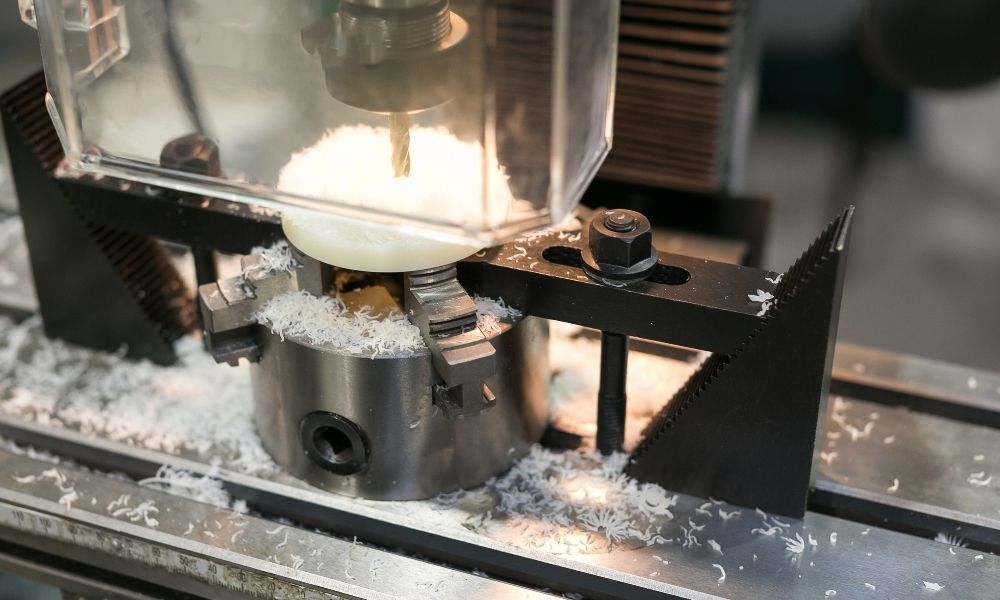Drill presses are popular machines that can penetrate nearly any material, though they are most commonly applied to wood or metal. Tradespeople continue to use these machines for their accuracy and versatility. The basics of a drill press’s structure include a base, table support, column, chuck, motor, and speed control handle.
There are two types of drill presses—bench drill and floor drill—that provide much-needed services in the workplace, depending upon the needs of the project at hand. The floor drill’s stature includes a large support column that allows for direct installation on the floor, while the bench drill is short enough to function on a workbench. If you happen to be in the department for the latter and need to know how to choose a vertical bench drill, Kaka Industrial advises you to consider these facets to narrow down the best options.
Power
The output power of your bench drill’s motor informs the material your drill can handle. It also impacts the size of the holes your drill can produce. Metal materials and bits with larger diameters demand more power than standard or small diameter bits in material such as lumber.
Speed Range
The speed of your drill press is going to depend on the desired task. The wider range of drill bit speeds your machine has, the more versatile it becomes. The cost of versatility tends to be expensive. However, having a more flexible model in the workplace can be a huge payoff, as you will be able to adjust it to accommodate a larger variety of trade tasks. Kaka Industrial extends a prime selection of professional-quality drills so you can find a high-functioning bench drill within your price range.
Table Features
Consider the size of the table of the vertical bench drill. Larger tables allow for a variety of materials to fit securely onto the machine while drilling. When reviewing the table’s design, it is also important to consider the following factors:
- Quick and easy height adjustability
- Ability to do a full rotation while stable
- Capability to rotate 360-degrees around the support column
- Tilting abilities to support angled drilling
User Preferences
A vertical bench drill ensures precise and clean holes while optimizing the workspace. When reviewing how to choose a vertical bench drill, you would be remiss to overlook how easily adjustable the drill is. A user-friendly bench drill is going to be highly adjustable yet simple. When selecting an efficient bench drill, be sure to assess the following capabilities:
- Squaring the table up to the drill bit
- Rotating, raising, lowering, and tilting the table
- Adjusting output speed. Does this require adjusting belts or a simple handle?
- Tightening or loosening the chuck
When searching for an appropriate vertical bench drill for your workshop, consider Kaka Industrial. We prioritize your fabrication needs and implement them into our various products. Get in touch with a representative at Kaka Industrial today to get started on your journey toward trade success.

